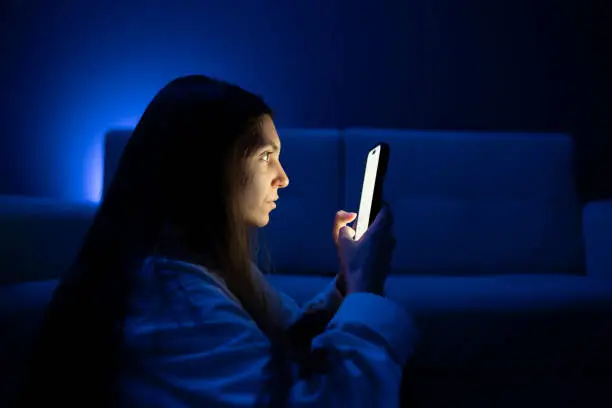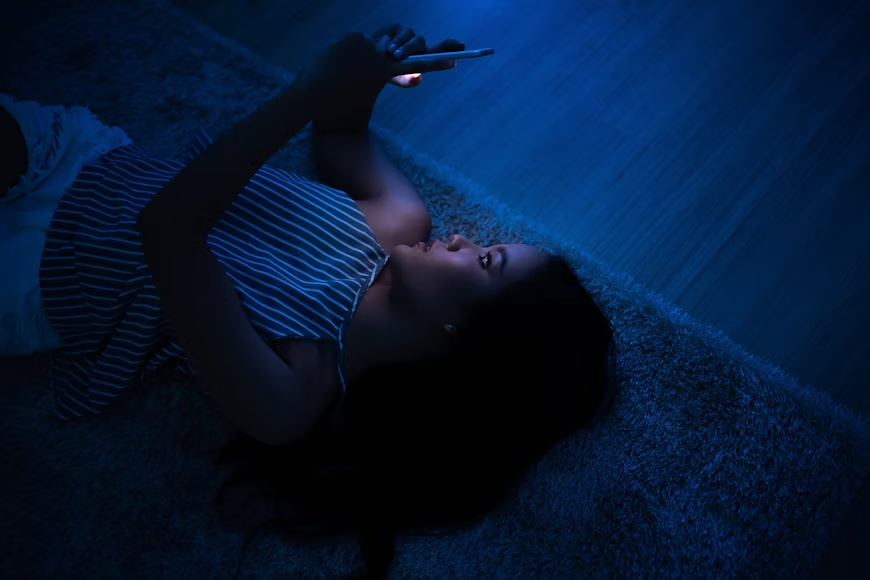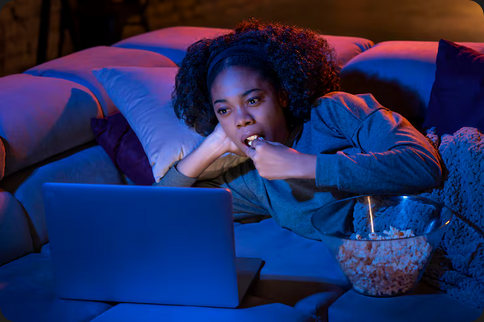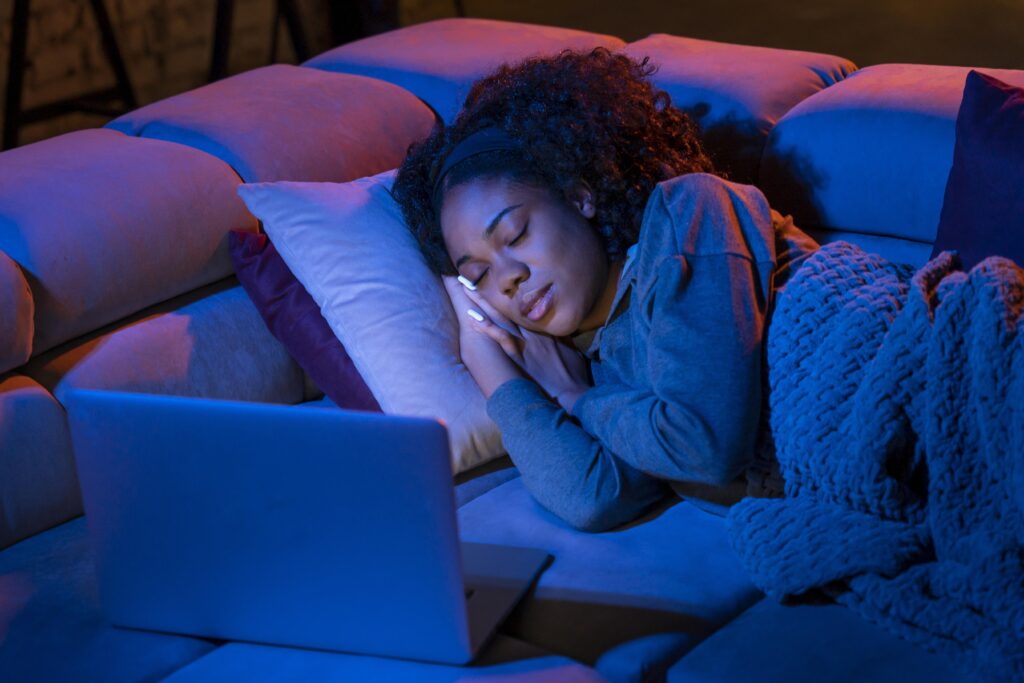What Is Blue Light Exposure Doing to Your Sleep?
We’ve all been there: scrolling through our phones late at night, binging a favorite show, or working on a laptop until the wee hours. The glow of screens feels like a cozy companion, but it might be doing more harm than good, especially when it comes to your sleep. Blue light, the stuff pouring out of your devices, has a sneaky way of messing with your body’s natural rhythms. Let’s dive into what blue light exposure is, how it affects your sleep, and what you can do to catch better Zs.
What Exactly Is Blue Light?

Blue lightsmouth blue light is part of the visible light spectrum with short wavelengths, giving it that vibrant, bluish vibe. It’s naturally found in sunlight, which helps keep us alert during the day. But our phones, tablets, laptops, and LED lights emit blue light too, and that’s where the trouble starts, especially at night.
Your body’s sleep-wake cycle, or circadian rhythm, relies on light cues. Sunlight (and its blue light) signals daytime, telling your brain to stay awake. At night, darkness triggers melatonin production, the hormone that helps you drift off. Artificial blue light from screens mimics daylight, tricking your brain into thinking it’s still go-time, which can delay or disrupt your sleep.
How Blue Light Messes with Your Sleep

Delaying Melatonin Production
Melatonin is your sleep superhero, but blue light can hold it hostage. Studies show that exposure to blue light in the evening suppresses melatonin production, making it harder to fall asleep. Even a quick glance at your phone before bed can push your sleep onset back by 30 minutes or more.
Reducing Sleep Quality
It’s not just about falling asleep. Blue light can reduce the quality of your sleep by shortening REM sleep, the restorative phase where your brain processes emotions and memories. Skimping on REM sleep leaves you groggy, moody, and less sharp the next day.
The Evening Effect
The impact of blue light is worst in the two to three hours before bedtime. Your body’s melatonin production ramps up during this window, but blue light exposure can throw a wrench in the process. Late-night screen time might feel relaxing, but it’s quietly sabotaging your rest.
The Science Behind Blue Light and Sleep

Research backs this up. A 2014 study in the journal Sleep found that participants using e-readers before bed took longer to fall asleep and had less REM sleep compared to those reading paper books. Another study showed that two hours of evening screen time reduced melatonin levels by up to 22%. The science is clear: blue light and sleep don’t mix well.
Our modern lifestyles don’t help. The average person spends over seven hours a day on screens, often late into the night. With more people working from home or streaming shows to unwind, blue light exposure is at an all-time high. No wonder so many of us feel like we’re running on empty.
Practical Ways to Protect Your Sleep
The good news? You don’t have to ditch your devices to get better sleep. Here are some practical tips to minimize blue light’s impact.
Use Blue Light Filters
Most smartphones, tablets, and computers have built-in blue light filters, often called “night mode” or “night shift.” These settings reduce blue light emissions by warming up the screen’s color temperature. Turn them on a few hours before bed, or set them to activate automatically in the evening.
Wear Blue Light Blocking Glasses
Blue light blocking glasses are a game-changer for night owls. These glasses filter out blue wavelengths, letting you use devices without the sleep-disrupting effects. Look for glasses with a slight yellow tint for maximum effectiveness. They’re affordable and widely available online.
Limit Screen Time Before Bed
Try to cut back on screens at least an hour before bed. Swap your phone for a book, journal, or calming activity like meditation. If you must use a device, keep it at least 14 inches from your eyes to reduce blue light intensity.
Create a Sleep-Friendly Environment
Dim the lights in your bedroom to signal nighttime to your brain. Use warm, amber-toned bulbs instead of bright LEDs. Blackout curtains can also block external light sources, like streetlights, that might contain blue wavelengths.
Adjust Your Device Habits
Lower your screen brightness in the evening. Many devices let you schedule brightness reductions after sunset. You can also download apps like f.lux to automatically adjust your screen’s color temperature based on the time of day.
Long-Term Effects of Blue Light Exposure

Chronic sleep disruption from blue light can add up. Poor sleep is linked to mood swings, weakened immunity, and even weight gain. Over time, it can increase your risk of serious conditions like depression, diabetes, and heart disease. Prioritizing sleep now is an investment in your long-term health.
Kids and teens are especially vulnerable. Their eyes don’t filter blue light as effectively as adults’, and their developing brains need quality sleep for growth and learning. Setting screen time boundaries for the whole family can make a big difference.
Embracing a Balanced Approach
You don’t have to go off the grid to protect your sleep. It’s about balance. Enjoy your devices during the day, but give your brain a break at night. Small changes, like using night mode or wearing blue light glasses, can go a long way. And let’s be real: a good night’s sleep feels amazing, doesn’t it?
So, next time you’re tempted to scroll through social media at midnight, think twice. Your body will thank you for it. Sweet dreams!

